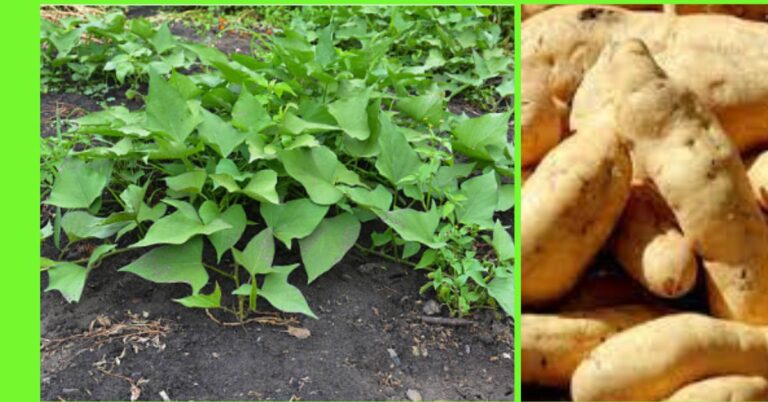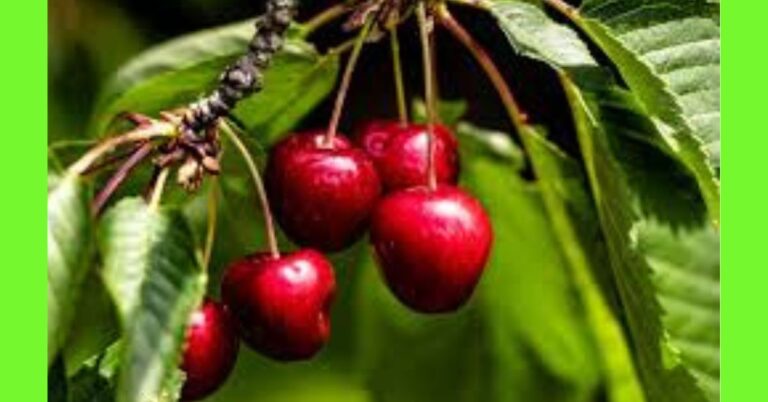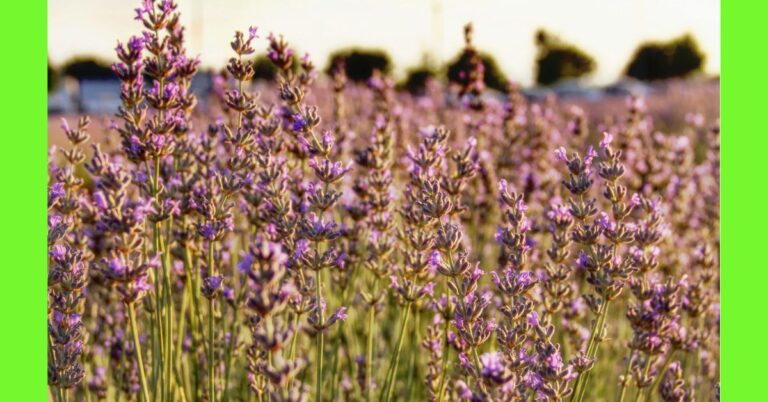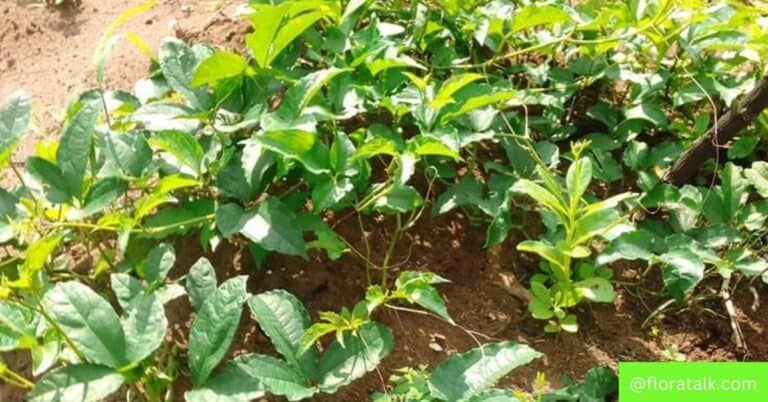Planting watermelon see how to plant watermelon in 5 steps
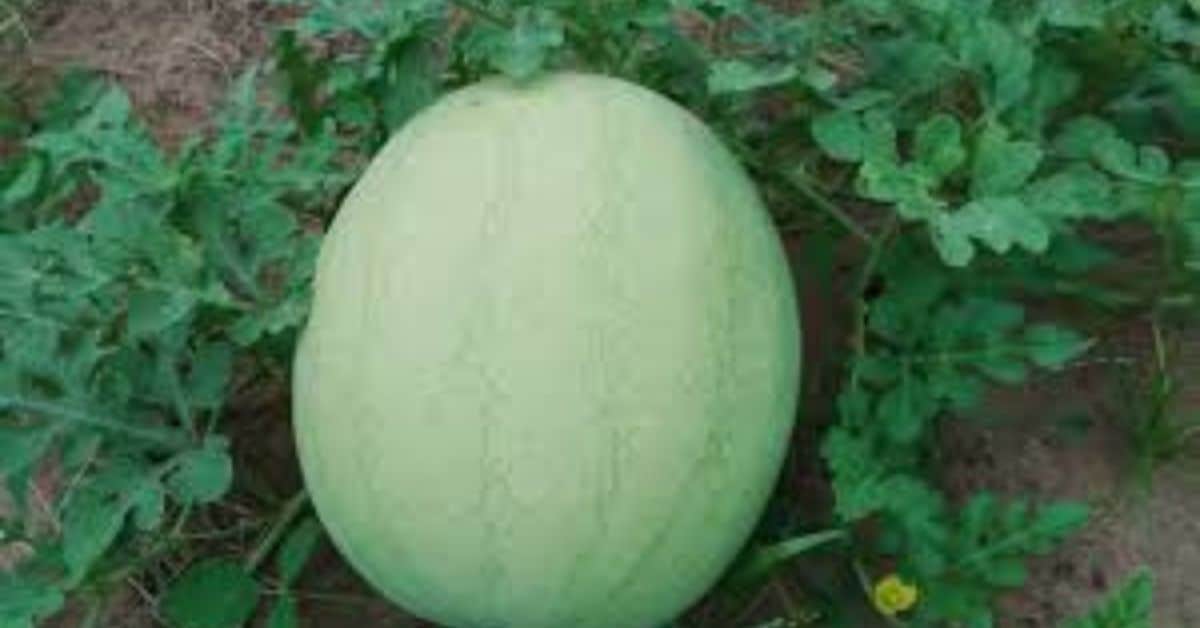
Let’s take a quick look at this tropical crop. I’ll be showing you in simple steps how to plant watermelon in your garden.
Watermelon is a plant you should grow at home,
It’s easy to grow once you know how to plant watermelon.
The fruit is nice, delicious to eat, on the other hand, juice and smoothies made from watermelon are a delight,
let alone having them in fruit salad.
Most importantly this fruit is packed up with nutrients providing lots of health benefits to your body.
Having freshly grown watermelon from your garden to your table is a wonderful experience, which is one of the benefits of growing a food garden.
planting watermelon is not difficult, although it’s demanding,
it’s not a good plant to grow if you have limited space, no sufficient water and poor soil,
This is because planting watermelons needs a good amount of sun, space, water and nutrients.
Before we look at how watermelon is grown let’s do a little study of the plant.
Plant description
Watermelon’s botanical name is Citrullus lanatus.
it is a vine-like (scrambler and trailer) flowering plant,
Its fruits are large and usually spherical in shape belonging to the Cucurbitaceae family of plants,
the same as melon (Egusi), fluted pumpkin (ugu), pumpkin (Ugbogoro), cucumber and golden melon.
Watermelon plant is a long, weak, trailing or climbing stem which are five-angled (five-sided) and up to 3 m (10 ft.) long.
Young growth is densely wooly with yellowish-brown hairs which disappear as the plant ages.
The leaves are large, coarse, hairy pinnately-lobed and alternate; they get stiff and rough when old,
The plant has branching tendrils.
The flowers which change from white to yellow grow singly in the leaf axils and the corolla is white or yellow inside and greenish-yellow on the outside.
The plants produce male and female flowers separately on the same plant, and the female flowers have inferior ovaries.
The male flowers predominate at the beginning of the season then the female flowers.
The large fruit has a thick rind (Exocarp) and fleshy center (Mesocarp and Endocarp).
The rind of the fruit is mid to dark green and usually striped,
and the flesh, containing numerous seeds spread throughout the inside, is commonly red or pink.
Planting season for watermelon
Although watermelons can be planted at any time of the year, success in growing watermelons is higher at the beginning of the rainy season and towards the end of the rainy season.
Gardeners or farmers in southern Nigeria should plant between mid-March and April for early planting and early September for late planting.
Gardeners or farmers in northern Nigeria should plant mid-May for early planting and late August for late planting.
However, with functional irrigation watermelon could be planted and grown all year round.
Watermelon needs water in controlled quantities to grow well.
This is why it is most of the time planted in the earlier or later part of rainfall periods.
How to plant watermelon
Step 1 – Choose a Location
To begin growing watermelon in your garden decide where you want to plant the fruit crop,
be it in your backyard or anywhere of your choice.
Make sure the land you are selecting is flat and not sloppy,
it must be a well-drained sandy-loam soil,
do not use clay, stony and waterlogged soils.
Ensure the location for planting has enough sunlight, enough space and the soil is fertile with
good organic matter content.
Step 2 – Land Clearing and Preparation
Once you have identified a location for planting,
clear the area from all vegetation,
shrubs and prune any tree that could obstruct sunlight to reach the watermelon plant.
Till the soil, this helps to encourage root penetration and proper germination of seeds.
Watermelon can be planted on flat lands, ridges/plant beds or in containers.
This depends on the nature of the soil and your preference.
It does not tolerate water logging, making ridges will help improve drainage in areas prone to waterlogging.
However on sandy loam soil, it is usually planted on flat land.
Step 3 – Seed Selection
Purchase quality seed from the store,
note that the seeds used for planting come in various sizes and different varieties,
choose a variety of your choice.
It is not advisable to use seeds from previous watermelon fruits because this will produce crops with low yield,
reduced sweetness and they are prone to disease.
However seeds gotten from watermelon fruits can still grow well, i’ve tried this out several times
and it turned out well but on some occasions it did not end well.
It’s really not advisable for those growing the fruit in commercial quantities.
But if it’s just for home consumption why not?
The quality of watermelon seeds can be checked by dipping them in a 3-5% solution of salt.
Those that sink can be prepared for sowing.
Step 4 – Plant the Seed
After taking out time to ensure you have the best seed for planting, it’s time to sow the seed into the ground.
In sowing the seed into the ground the right spacing of the seed should be followed for good yield.
For watermelon a spacing of 100 cm (3.2 ft) by 100 cm (3.2 ft) spacing is ideal,
but it could be reduced to 100 cm (3.2 ft) by 75 cm (2.5 ft),
The depth of the planting hole should be about 30 cm (12 in) deep.
Growing watermelon vines require considerable space.
Step 5 – Watering
Watermelons are very thirsty plants and must be watered regularly, especially during hot weather.
This will help keep the soil moist.
The area cultivated should be watered twice a week at the early stage,
with time it will be able to provide itself with moisture on its own as soon as the vines start sprouting out
then you can water once every two weeks,
In dry weather you would have to water more regularly at least once every two days.
When watermelons become mature, you have to stop watering them.
Maturity and Harvest
Germination takes 6-7 days after planting.
Watermelon reaches harvest maturity 75 – 95 days which is about three (3) months after planting.
Harvesting watermelons is best after they are fully ripened,
It takes longer for them to ripen if harvested earlier before they ripe and watermelons don’t sweeten after they are picked.
So harvest time is important.
Signs of maturity include the following:
- drying tendrils, (A tendril is a modified leaf or stem in the shape of slender, spirally coil.),
- uniform color,
- the ground spot turns from almost white to a rich yellow,
- hollow sound if hit several times,
- and if pressured there you can hear crackles of rind,
- all watermelons lose the powdery or slick appearance on the top and take on a dull look when fully ripe.
Storage
Watermelons after harvest cannot store for a long period; but will keep for 2 to 3 weeks at low temperature,
At higher temperatures watermelons are subject to decay.
Watermelons should not be exposed to direct sunlight.
If cut, they can last in the refrigerator for about 4 days.
Soil Fertility Boosting
Mulch soil, to provide adequate moisture for the optimal growth of the plant,
this also helps to keep weeds out,
kept soil free from weeds by shallow hoeing.
Amend soil with organic matter such as poultry or livestock manure, food waste.
Watermelons are heavy feeders.
Add manure frequently.
Incorporate 5 cm (2 in) – 8 cm (3 in) layer of manure into the length of the planting area before planting.
Mix the manure thoroughly into the planting location to create a balanced soil environment.
Avoid waste from meat-eating animals as this manure may increase the potential for bacterial diseases.
Use only fresh livestock or poultry manure.
Apply manure to the watermelon plants again once the fruit begins to form.
Pest and Diseases
Pest
A number of insect species including:
- caterpillars,
- mites,
- thrips,
- Cucumber Beetles (is the major pest that causes feeding damage to seedling plant),
- Aphids,
- Squash Vine Borer.
Diseases
Diseases that affect watermelons are similar to those of pumpkins.
This can cause extensive damage to crops.
The following are some common diseases of watermelon
- Bacterial fruit blotch,
- Fusarium wilt,
- Gummy stem blight,
- Mosaic viruses (CMV, PRSV-W, WMV, ZYMV),
- Powdery mildew,
- Damping off,
- Root-knot nematodes.
Weed and pest control
Weed prevention method are mulching, as well as manual weeding would be required
Improve soil condition to reduce attack on watermelon leaves
Prevent leaves of the plant from staying wet long enough to cause mildew, this can be done by avoiding overhead watering.
Disease can be controlled by cultural practices such as crop rotation, mixed cropping etc. because old crop debris in the soil carry many fungal, bacterial and nematode pathogens.




